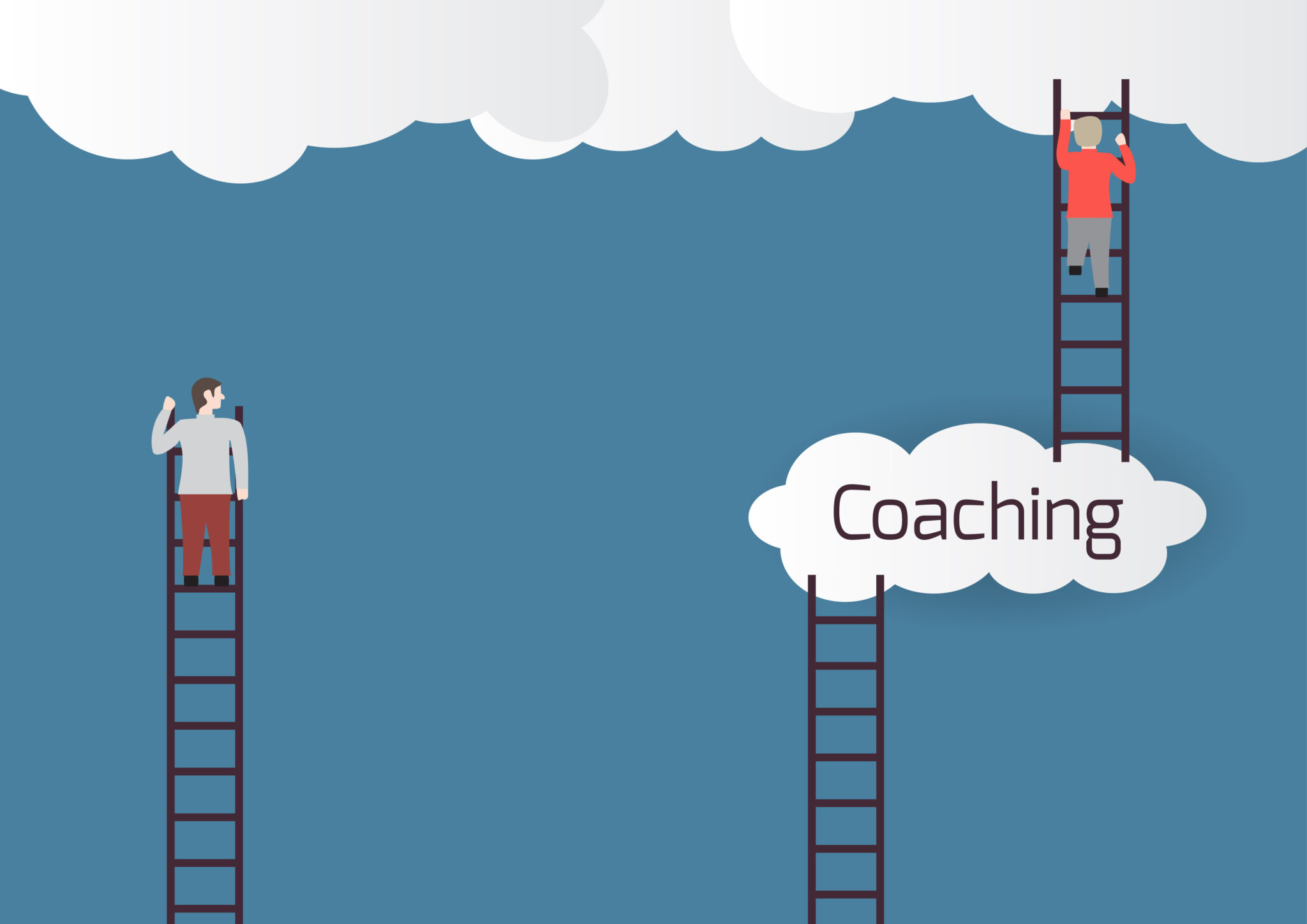LIFESTYLE
3 Improvements For Your Training Regime

Having a solid corporate experience arms you with career-defining skills, knowledge, and tools. Anyone who achieves a certain degree of success in the tough corporate world would agree that he has more than himself to give credit to. He has peers, colleagues, and mentors to thank for giving space for growth and helping seize opportunities.
When you’re done reaping the benefits, you might feel that it’s only reasonable to give back and pay it forward. A lot of professionals certainly do, which explains the rising popularity of executive coaching.
What Is Executive Coaching?
Experienced managers, consultants, HR personnel, and the like are qualified to perform executive coaching to high-potential individuals. Such individuals could be business owners, CEOs, and top executives who need help in unlocking their personal strengths to perform their organizational role well. They may be getting groomed for a promotion, transitioning to a new position, or simply experiencing a performance slump.
If you’ve started a new career as an executive coach, or plans to do so, here are three simple yett effective steps toward a more productive coaching session.
From Professional To Personal
Because you have high-ranking clients, a lot more is at stake. You must study the ins-and-outs of their industry and familiarize yourself with the workforce they belong to. To fully understand their leadership style and work ethic, there needs to be a certain level of familiarity on the personal level. Of course, establishing trust and respect doesn’t happen overnight. It can’t be one-sided too.
It’s best to write an agreement between yourself and your client before the coaching proper begins. This agreement isn’t necessarily a contract, but a guideline on how the two of you should work together to achieve your shared goals. Outline the methods you’re going to use, specify your expectations from your client, agree on the kind of relationship you want to forge, and set boundaries.
Doing this will lay the necessary foundation for your professional partnership. It will also help you see the bigger picture of their situation and possibly spot potential issues from afar.

Coach According To Learning Style
The GROW model is a widely-used framework among executive coaches. The acronym stands for:
- Goal. This is what your client wants to achieve through your help.
- Reality. This is the current reality of your client’s professional life—where he is and how far he is from the goal.
- Obstacles and Options. These are the challenges that keep them from reaching their goal and the options they have to overcome the challenges.
- Way Forward. This could also mean “Will”. It refers to their commitment to take action and how they can get past their obstacles to arrive at their goal.
While the GROW model is a proven effective roadmap for coaching, you can re-model it to better suit your client’s situation. You can also fashion your coaching sessions to fit which learning style your client is most receptive to.
Visual and aural learners benefit from traditional conversation-type sessions, whether in-person or virtual. Kinesthetic learners, on the other hand, learn most by performing physical tasks. For instance, if your clients find it difficult to cope with the demands of their job, come up with an in-person scenario and simulate the situation.
Check-In With The Professional Circle
Executive coaching should be dealt with utmost confidentiality. Everything that transpires during a session must not be shared without the client’s permission. In cases wherein your services are hired by the client’s organization, you’re required to give updates and progress reports every now and then.
Without giving away specifics, it could be a great idea to get your client’s manager and most trusted peers involved in your program. Gathering feedback could give you useful insights about your client. Sometimes, clients lack the self-awareness to identify crucial points about themselves. Recruiting the help of their colleagues could fill those gaps in your program.
Practice Is Key
A good executive coach is also a product of good coaching. If you have been on the receiving end before, turn your key takeaways into best practices. Otherwise, there are a lot of books and learning materials available that will help you be the best coach you can be. There is no single path to coaching—you might go through a lot of trial and error. The key is to keep practicing, retain what works, and re-model what doesn’t.

